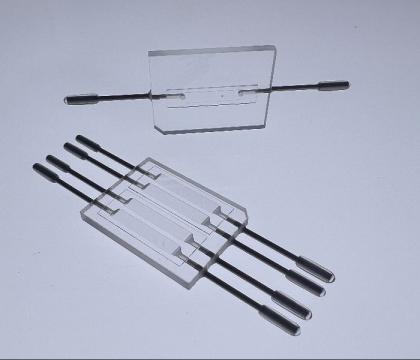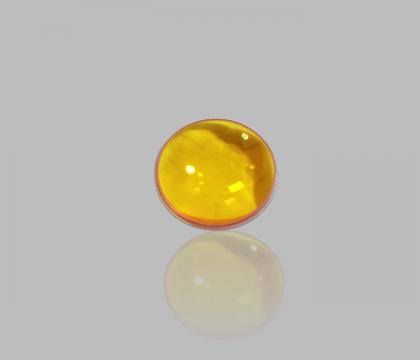PCR
Nucleic acid detection is performed by PCR (polymerase chain reaction) with SARS-CoV-2 reagents, and the presence or load of the virus is read out by optical detection. With the emergence of the universal demand for new coronavirus detection, real-time PCR and digital PCR have become two main nucleic acid detection instruments.
Optical modules in PCR instuments:

Light source: generally LED-based (some high-performance systems use lasers), single-color or multi-color, single LED or multiple LED arrays. Although the LED chip is relatively cheap, the entire light source module needs heat dissipation and temperature control, real-time monitoring and adjustment of the optical intensity, and collimation of the optical path through the lens. Design and production require strong technical capabilities.
Light source end and detection end filters: output the unique excitation wavelength of the fluorescent marker and the unique emission wavelength of the collected marker through different filters, and block other irrelevant wavelengths, which can greatly improve the read signal-to-noise ratio.
Optical path shaping system: Focuses the excitation light on the sample through optical components such as lenses, prisms, cylindrical mirrors, coated dichroic mirrors, and collect fluorescence signals on the detector.
Detector: Depending on the system configuration, the detector generally has a simple photodiode PD, a high-sensitivity avalanche diode APD, an imaging CMOS chip, or a single-photon sensitivity PMT or SPM module.
Electromechanical system: moving sample platform, motor of filter wheel, etc.

 English
English Deutsch
Deutsch 日本語
日本語 中文
中文
















 IPv6 network supported
IPv6 network supported